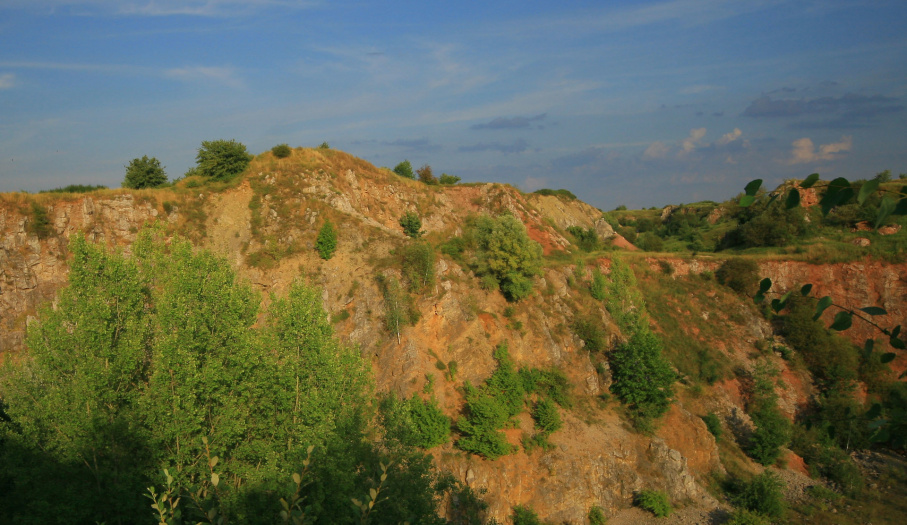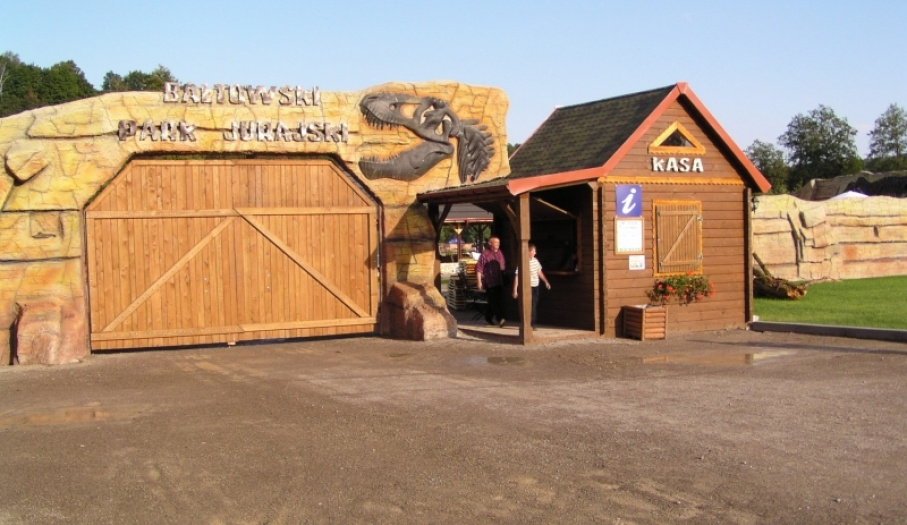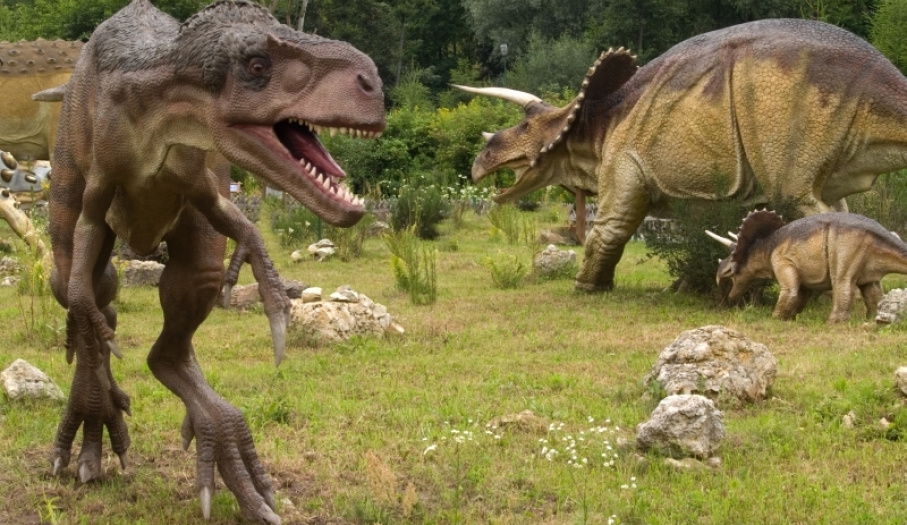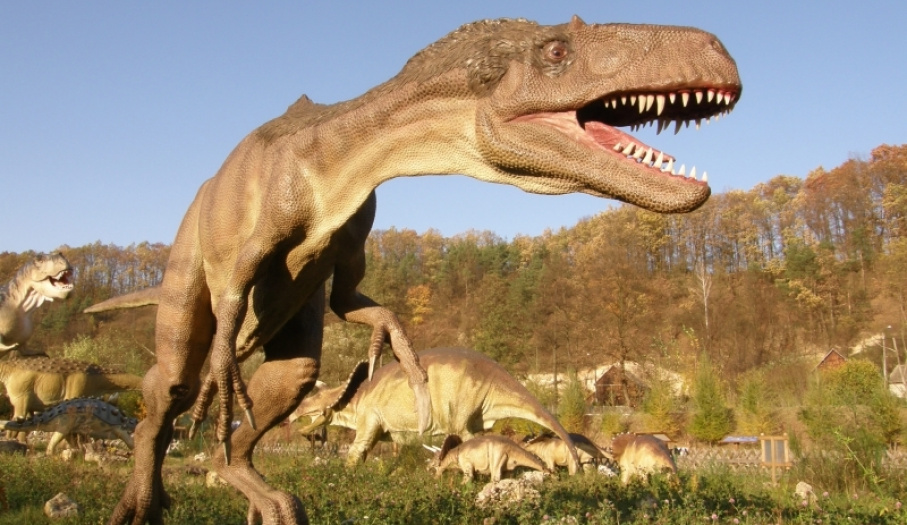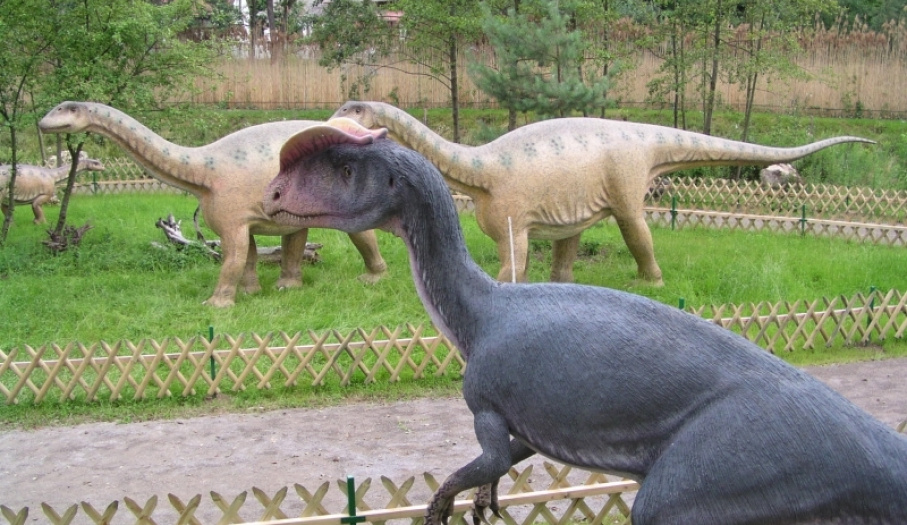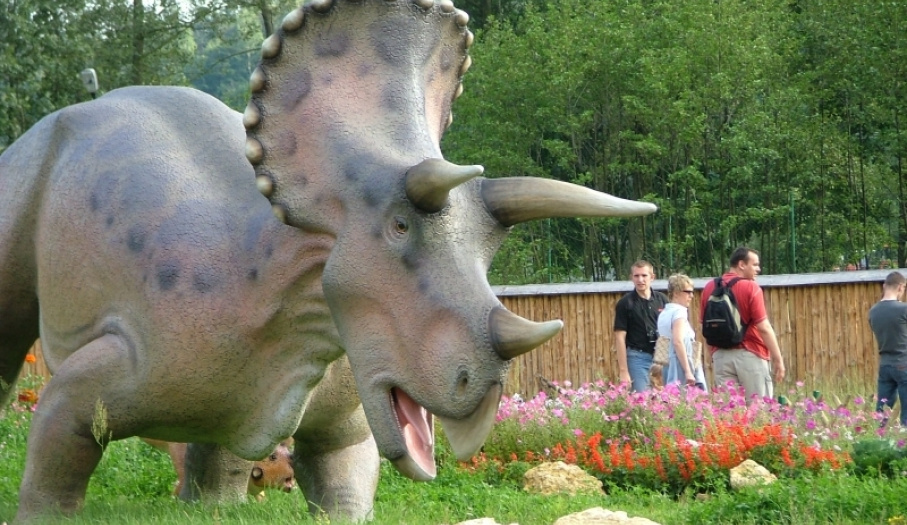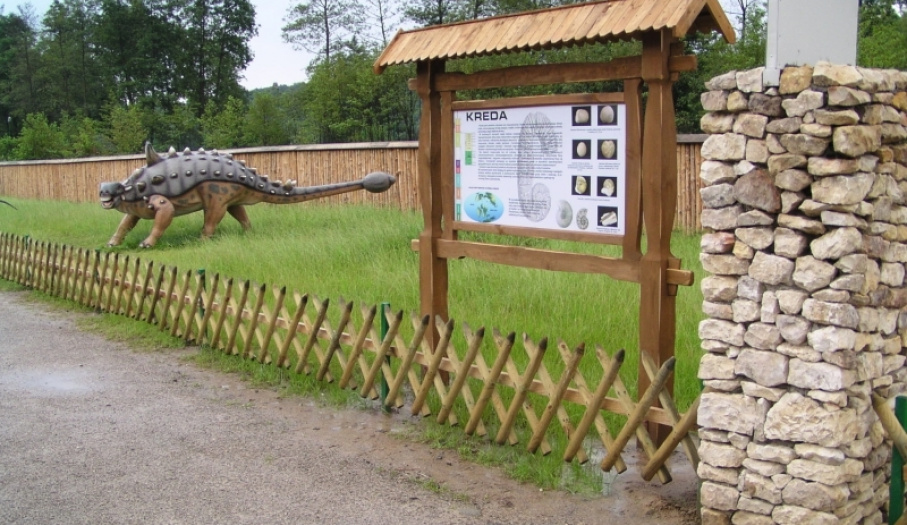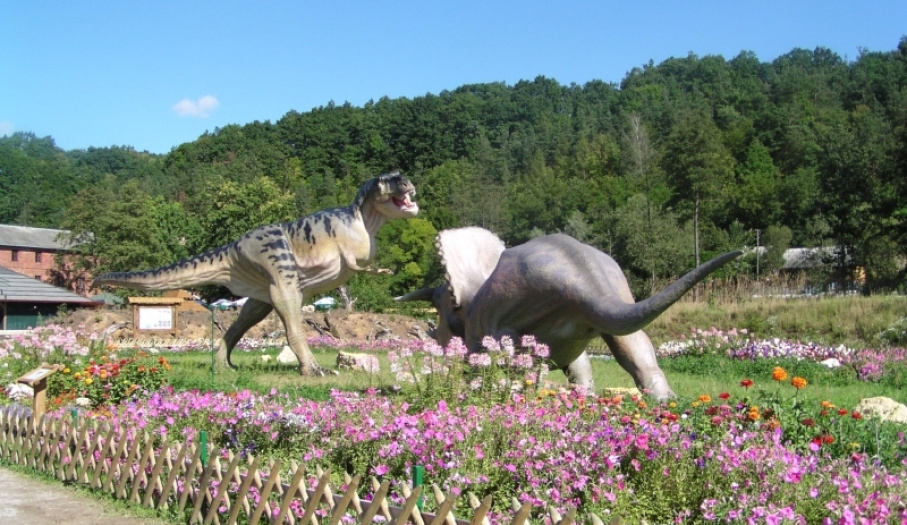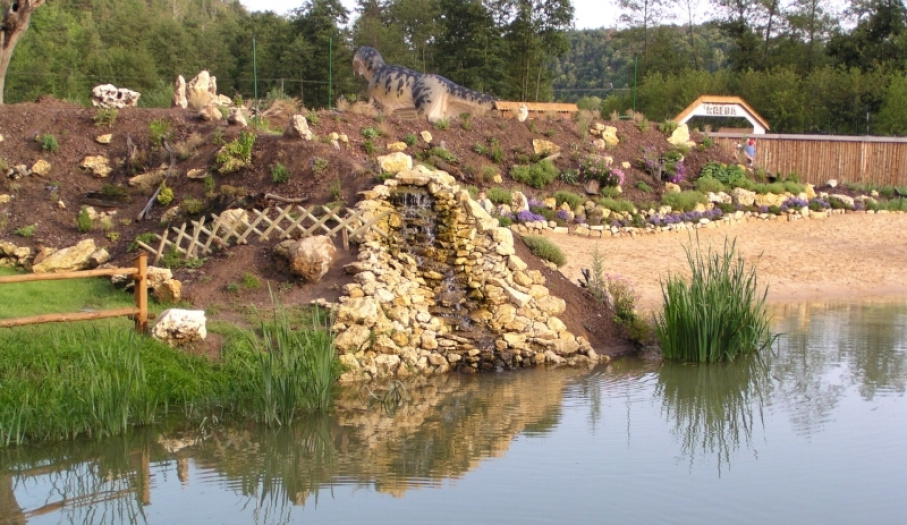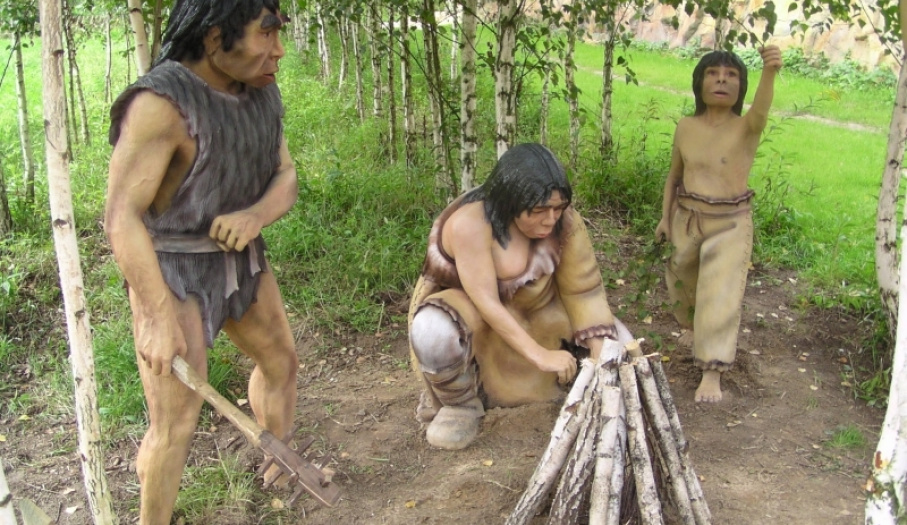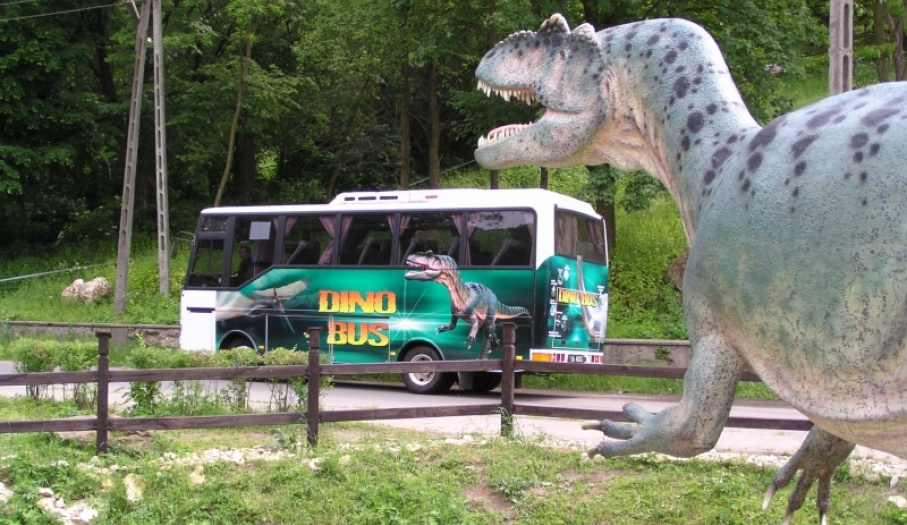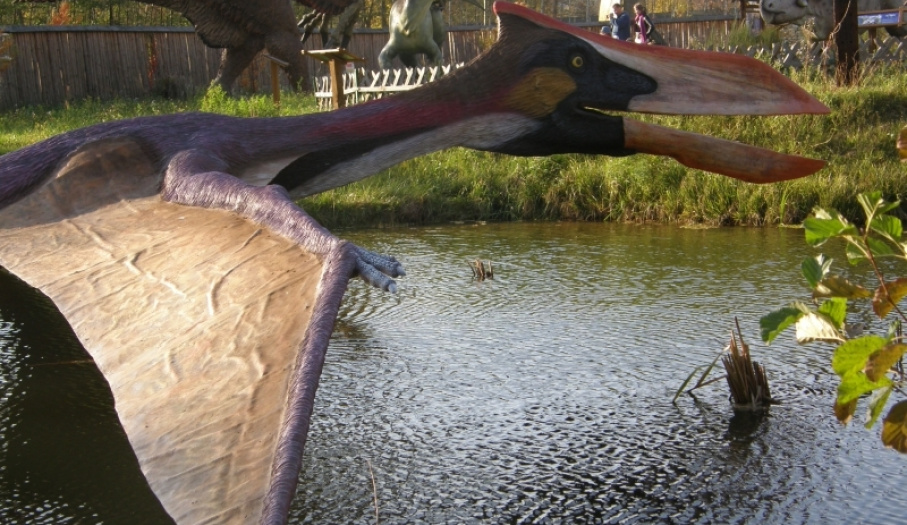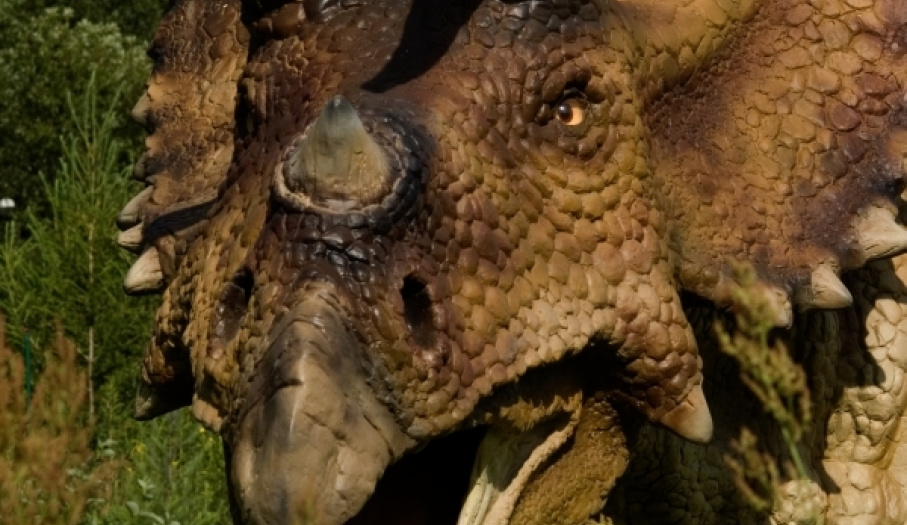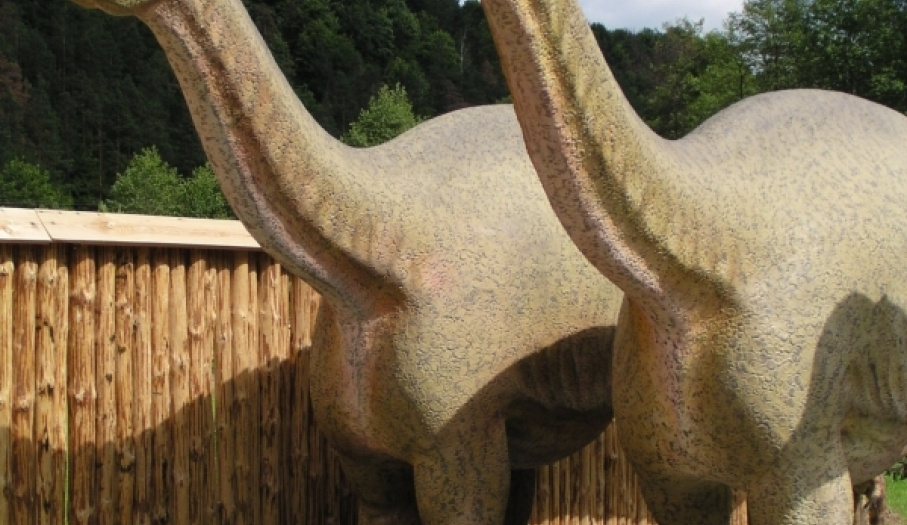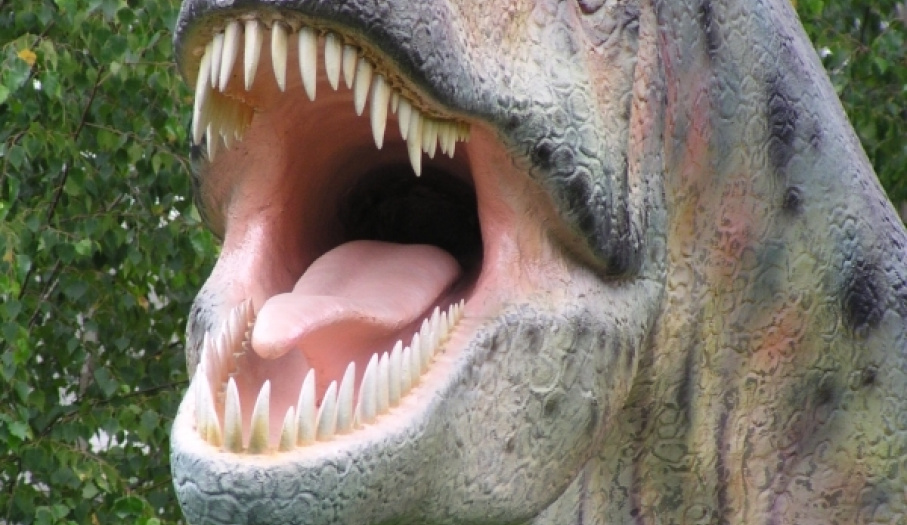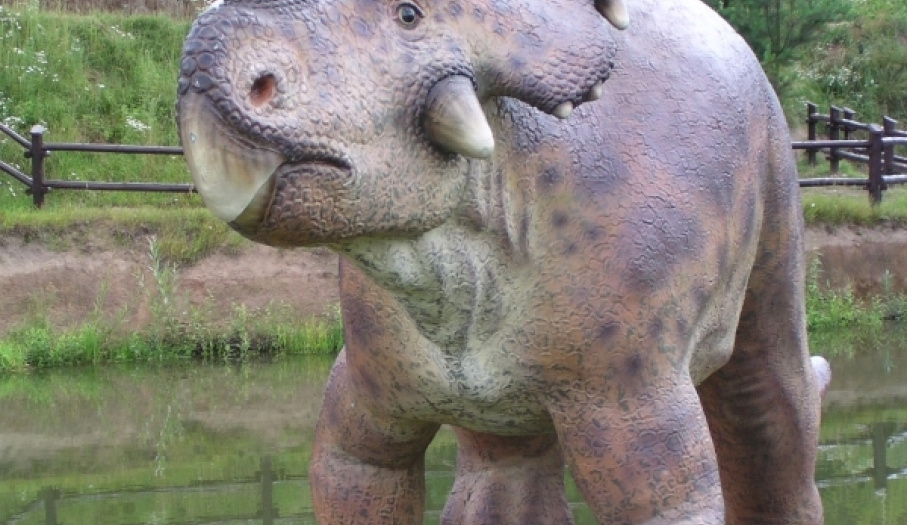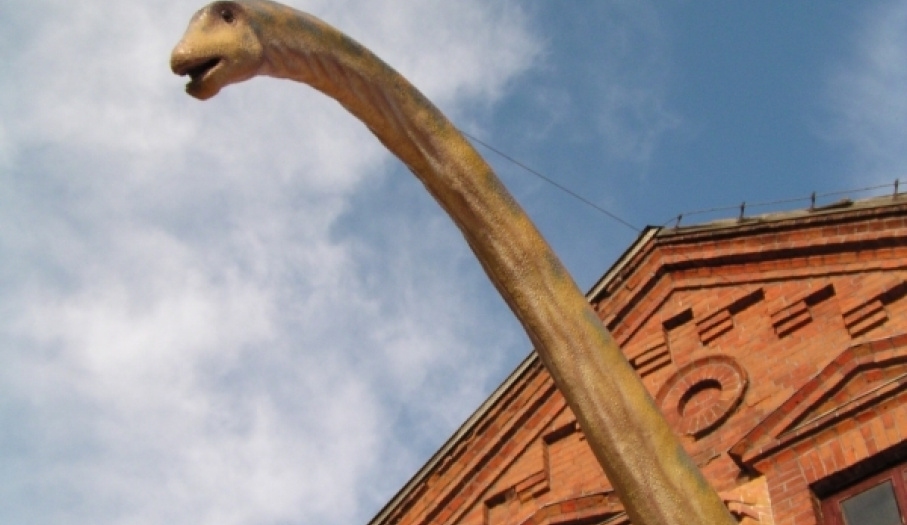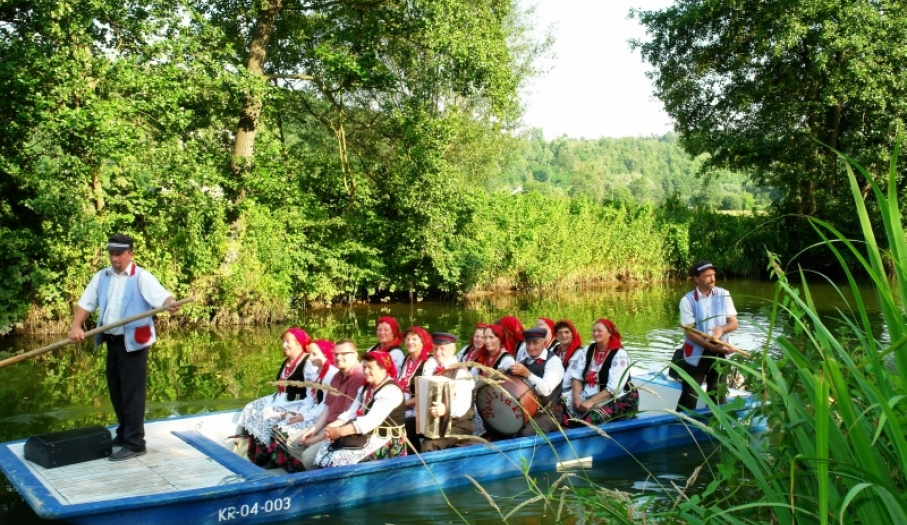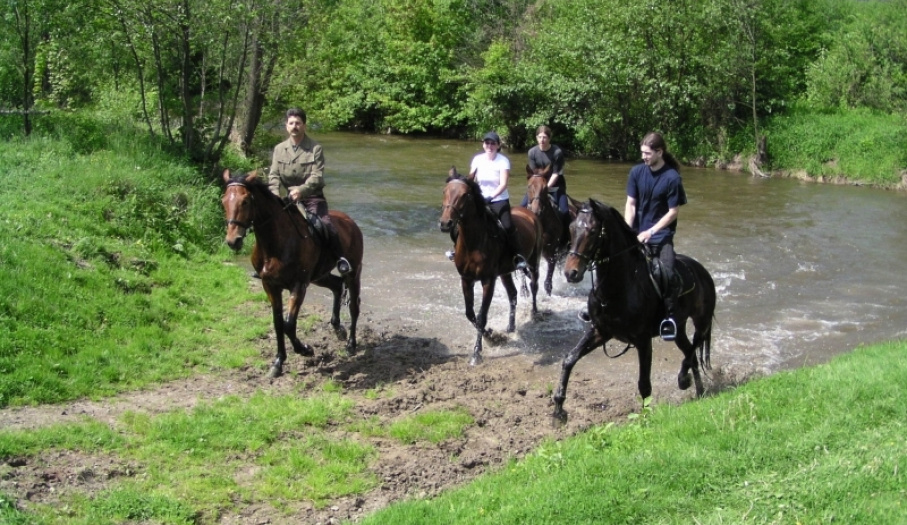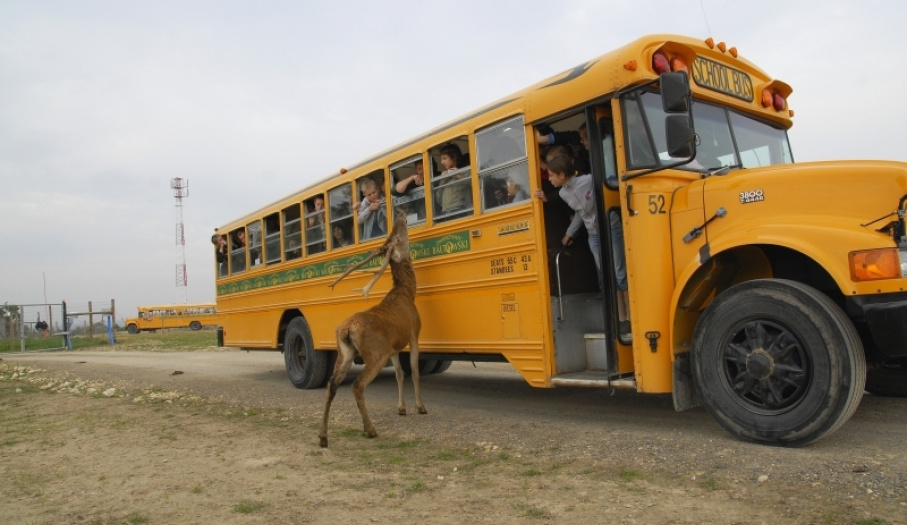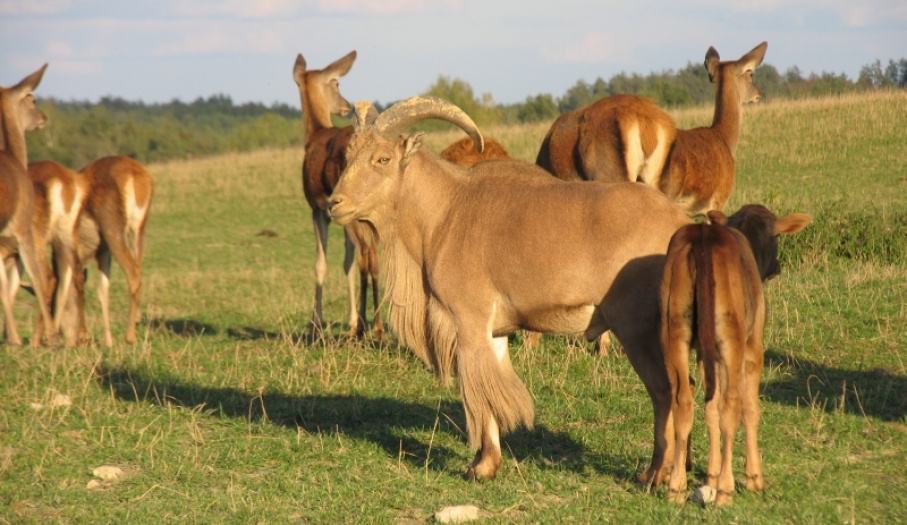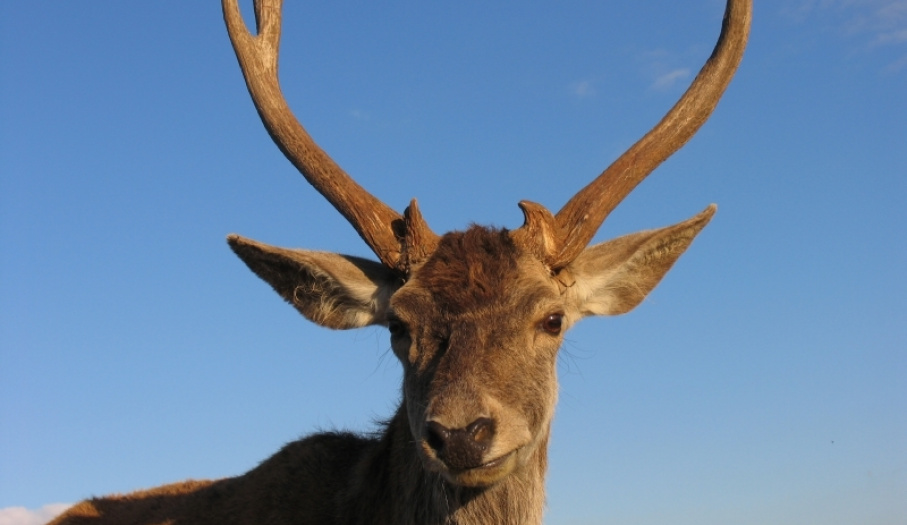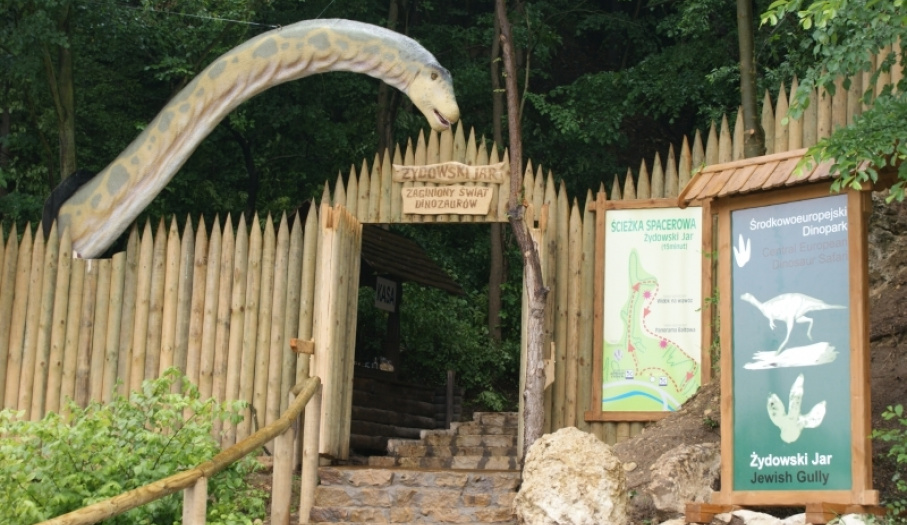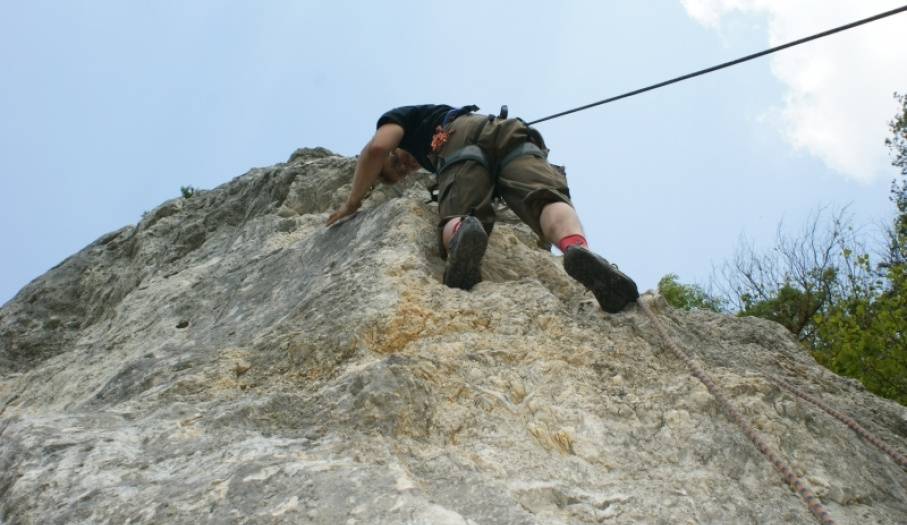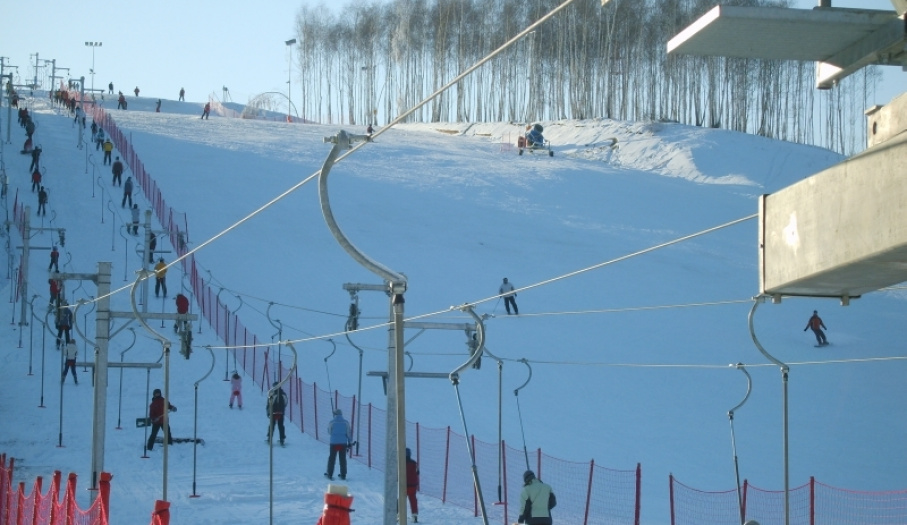Świętokrzyski Archeo-Geo Trail
Practical Information
- Detailed InformationZwińRozwiń
- Object type:
- Automobile
- Difficulty of the route:
- Beginners
- Route route:
- Kielce
- Kielecki
- Ostrowiec
- Locations on the route:
- Bałtwów, Krzemionki, Nowa Słupia, Kielce, Chęciny
- Attractions on the route:
- JuraPark Bałtów, Rezerwat Archeologiczno-Przyrodniczy w Krzemionkach, Muzeum Starożytnego Hutnictwa w Nowej Słupi, Góra Bukowa, Gołoborze na Łysej Górze, Ślady tetrapoda w Zachełmiu, Rezerwat Kadzielnia, Rezerwat Wietrznia, Rezerwat Ślichowice, Rezerwat K
- Tourist region:
- Kielce Region
- Ostrowiec Świętokrzyski Region
- Organizer name:
- Regional Tourism Organization of Świętokrzyskie Voivodeship
- Organizer data:
- , 0
Description
Świętokrzyski Archeo – Geology Trail is based on the greatest wealth of the Kielce Land - geological and archaeological resources. The rail gathers: Krzemionki, Jurassic Park of Bałtów, Kielce with Wietrznia and Kadzielnia reserves, and many other attractions including, of course Zachełmie and famous in the world Tetrapod traces. To sum up, Archeo – Geo Trail gathers 18 objects, combined into one route.
Course:
JuraPark Bałtów - Wietrznia Reserve - Krzemionki - Nowa Słupia - Św. Krzyż - Góra Bukowa - Zachełmie - Kamienne Kręgi - Góra Ciosowa - Ślichowice Reserve - Kadzielnia Reserve - Wietrznia Reserve - Karczówka Reserve - Raj Cave - Szewce Quarry - Góra Zelejowa - Góra Zamkowa - Góra Rzepka - Góra Miedzianka
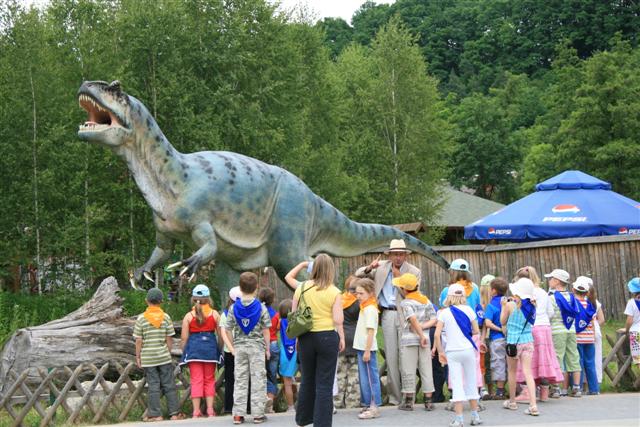
Jurassic Park in Bałtów
A visit to the only Jurassic Park in Poland will give you a unique opportunity to see and admire natural sized prehistoric reptiles. In the area of approximately 3 hectares in the village of Bałtów near Ostrowiec Świętokrzyski you will find over 40 dinosaur models. A diplodocus, being the largest of them, is almost 11 m tall and 26 m long. It is easier to explore the park owing to its’ specially marked and described route bringing us closer to all geological periods ranging from Cambrian to Neolithic periods. In the museum visitors may admire fossils dating back to the above periods. The youngest may play in a playground where, apart from various attractions, they will have an opportunity to dig out a skeleton of a tyrannosaur as long as several meters and take part in geology and arts workshops.
Krzemionki
The locality of Krzemionki is situated some 8 km north-east of Ostrowiec Świętokrzyski.
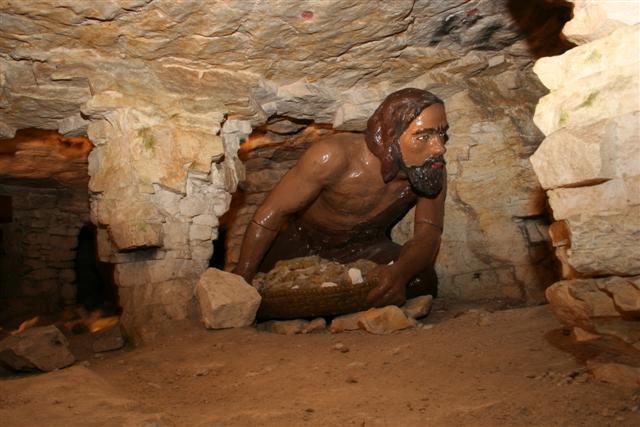
In 1922, a geologist Jan Samsonowicz discovered here Europe"s biggest mining fields from the Neolithic period, where striped flint was extracted in the years 3900-1600 B.C. This kind of flint is found in Poland only in the Świętokrzyski region near such localities as Krzemionki, Ożarów, Iłża and Śródborze. Striped flint belongs to semi-precious stones and is willingly used by jewelers who set it in silver. It"s become fashionable in many countries and is considered as stone providing energy, power, and having medicinal properties. I"s often called the stone of optimism. There are many hypothesis explaining how the flint came into being. One of them says that it originated from huge colonies of dead marine sponges that lived in the Jurassic seas. While the organic remains were discomposing, the silicone dioxide was released and it assumed a concentric shape round the crystallizing core.
Nowa Słupia
In the town of Nowa Słupia, the trail takes us to the Museum of Ancient Metallurgy of Mieczyslaw Radwan. It was established in the place where the remains of dymarki from period I to III century were discovered. Instead of dymarki, the museum presents iron products made from raw materials as a result of melting. A melting technology is also explained. On August an archeological festival known as Dymarki Świetokrzyskie is organized in Nowa Słupia in order to demonstrate visitors the ancient ways of smelting iron ore.
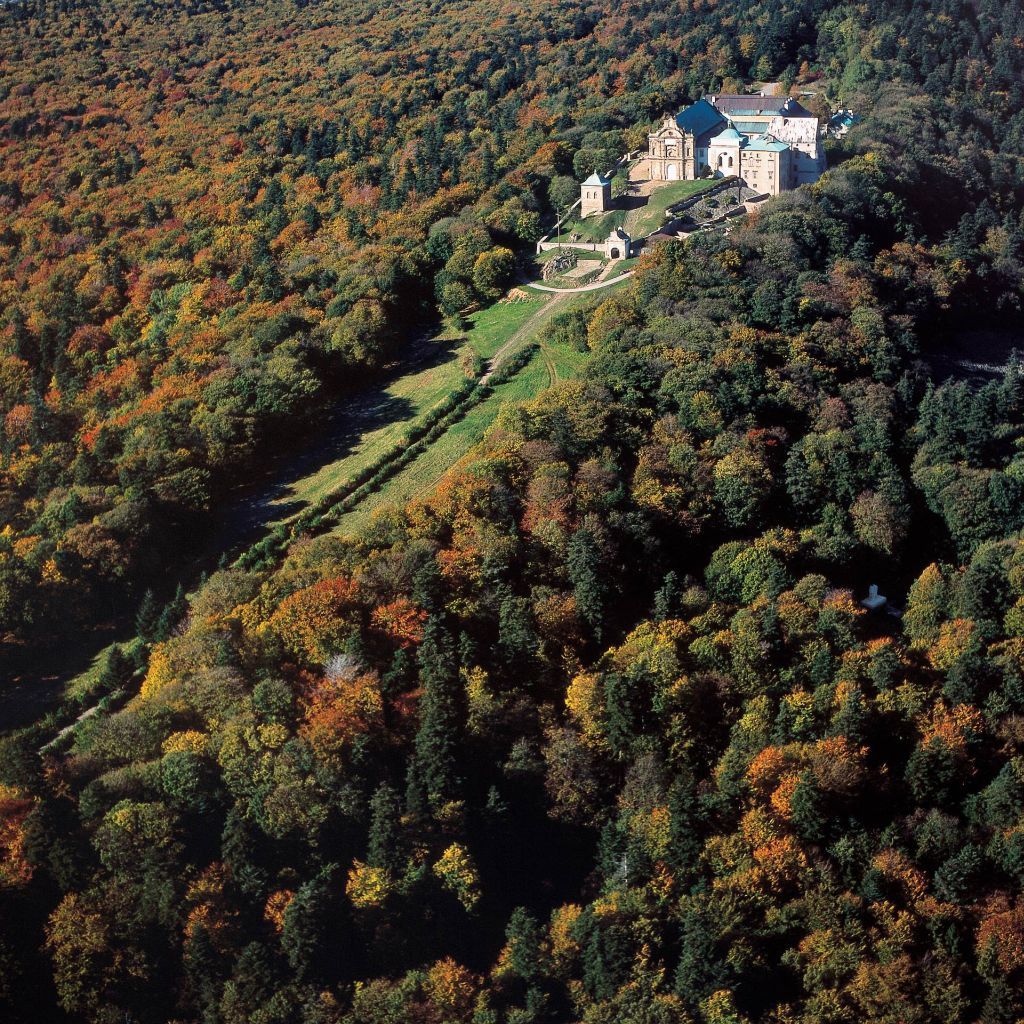 photo K. Pęczalski
photo K. Pęczalski Święty Krzyż
In addition to the famous Benedictine abbey on top of Bald Mountain ,which is the next point on the route , one can find rocky debris called boulder fields and the remains of a pagan wall of the shaft surrounding the top of the mountain. Świętokrzyskie Boulder Fields were formed by weathering of quartz sandstone during the Quaternary. These processes took place in a cool climate that prevailed in the area of the Polish Pleistocene. The main factor was the creation of boulder fields by frost processes (changes in temperature - freezing and thawing of the ground, freezing water in cracks) disintegrants block of rock. Pagan wall consists of two parts and has a horseshoe shape. This place was a center of pagan worship before the Middle Ages. Their total length is about 1.5 km, reaches a height of 2 m (volume of about 32 thousand. Cubic meters of stone). The wall was probably dug during the 9th and 10th century . The entrance to the shaft is located near the way from Nowa Słupia. Work on the construction of the shaft was stopped after the adoption of Christianity.
Bukowa Góra
The trail reaches the Bukowa Góra where below the hill-top from the north side a strand of sandstone rocks (the monument of inanimate nature) is stretching for about 5 meters high and about 6 meters wide.
Zachełmie
Another point on the trail includes the Zachełmie quarry. Researchers from the Polish Geological Institute of the University of Warsaw (Piotr Szrek and Grzegorz Niedźwiedzki) have found fossils and footprints of tetrapods (four-legged vertebrates). It turned out that they are older by about 18 million years of the oldest fossils known to the science. The discovery is considered to be "grenade" thrown into the world of science, that forces changes in science textbooks.
"Kamienne Kręgi" - "Stone Circles"
Reserve “Kamienne Kręgi” is located on Rampart Mountain near Tumlin. The wealth of the geological reserve are sandstone trias outcrops in the old quarry. Sandstones are characterized by a diagonal stratification and an interesting red-brown color. At the top of a Rampart Mountain, archaeologists have discovered pagan shrine as three concentric circles of stone (shafts dug from the debris of tumliński sandstone).
Góra Ciosowa
Wandering in the direction of Kielce, trail reaches the Ciosowa Mountain. There is a monument of inanimate nature in the southern slope- unveiling of the Triassic red sandstone, a remnant of the abandoned quarry.
The next four places on the trail are within the administrative boundaries of the city of Kielce.
Ślichowice Reserve - Ślichowice” geological reserve, which was established for the purposes of preservation of a rock pit,
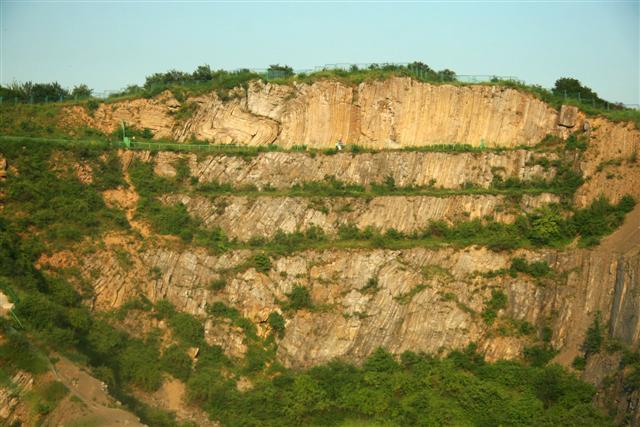 photo A. Drzewiecka
photo A. Drzewiecka represents an interesting example of Hercynian tectonic influence exerted on the Świętokrzyskie Mountains and visible in the form of typical and strongly undulating lime rocks. You can see there an interesting geological profile with its reversed fold of rock.
KadzielniaReserve- geological attractiveness of Kielce is best proved by the presence of four inanimate nature reserves on the city’s territory. Very well-known is the Kadzielnia that contains an inselberg known as the Rock of Geologists located in the central part of the former open-pit quarry. Various fossils of corals, cephalopods, rare Placoderms and brachiopods are kept here under protection. In the Kadzielnia reserve and its vicinity one can observe interesting examples of tectonic, mineralization and karstic phenomena, including some of Poland’s most attractive forms of mineral karst (sinks, rock stacks, etc.).
Wietrznia Reserve- inanimate nature reserve of Zbigniew Rubinowski was created in the old quarry as well as Kadzielnia. The reserve includes elevation Wietrznia (312 m) and neighboring Międzygórze which are extension of Kadzielniańskie Range. The reserve was established in 1999. One can see Devonian rocks profile with Devonian fauna fossils. The total length of the pit is 800 meters. Geological outcrops such vein mineralization (lead-barite-calcite), Karst underground and surface (cracks, chimneys, caves), fossil fauna (Rugosa, brachiopods , crinoids, fossil fish) are valuable.
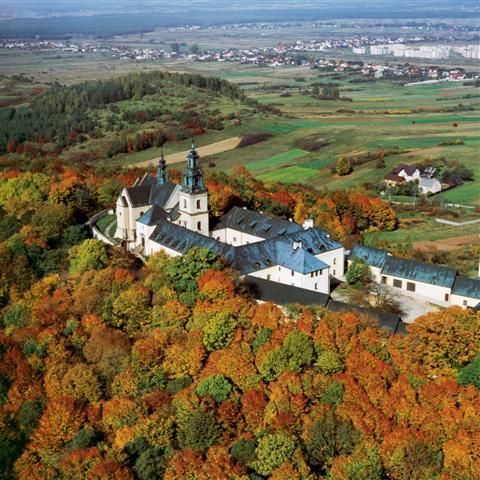 photo K. Pęczalski
photo K. Pęczalski Karczówka Reserve - located at the top of the same name hill, it is a landscape reserve has interesting geology. The hill is built of organogenic Middle and Upper Devonian limestones. On the hill there are numerous traces of mining: landslides in areas shafts (there were about 3000), so called cracks, and slag heaps, now overgrown with trees and embedded in the landscape. The biggest gap in the Karczówka (about 400m length and 2 m in width) is located on the western slope and is visible from the trail. The reserve has a scientific and landscape values. Southern slopes of Karczówka are built of limestone, which will see many forms of surface karst. At the summit there are gray, rocky limestone plate and developed in the reef facies. On the northern slopes of Karczówka, reveal a dark siliceous shales belonging to the Lower Carboniferous.
Raj Cave - taking a trip all around the Świętokrzyski Region, one only needs to turn off the E-7 motorway from Kraków to Kielce into a side roads to get to the very centre of “Raj” being the most beautiful cave in Poland. Nature has for ages created its underground complex of breathtaking tunnels and chambers decorated with hundreds of stalagmites, stalactites, pillars and pisoids of various shapes and forms. A 180-metre underground route was opened especially for tourists, who may admire the fairy- tale like underground world. The entrance of the cave houses an exhibition with its restored camp of a Neanderthal family, three natural sized figures and remains of prehistoric animals such as the mammoth, hairy rhinoceros and cave bear.
Zelejowa - From the 16th century Zelejowa was famous for mining the most beautiful species of marble so-called “Różanka Zelejowska. It was mined until the second half of the last century. Since 1954 the greater part of the mountain has been protected as a inanimate nature reserve. Covers 67 hectares.
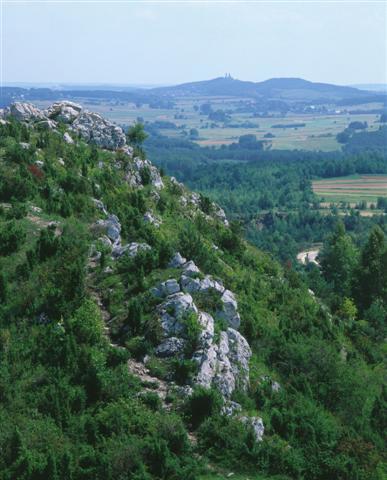 photo K. Pęczalski
photo K. Pęczalski Specially protected are rocky outcrop and the most valuable of the Polish examples of karst weathering in the form of craters, fissures and cavities as well as vegetation grasslands (warmth) with plenty of dwarf trees and thorny shrubs.
Miedzianka - the elongated massif of Mt Miedzianka has been placed under protection. It constitutes the north-westernmost located elevation of the Chęciny range of the Świętokrzyskie Mountains. The plateau has three summits that are connected by a picturesque rocky ridge. The reserve encompasses two closed down quarries and the area of a former copper mine in operation from the 14th century. What remains of the mine is the main adit Sophia that runs through the whole massif of hills and the Antoni extraction shaft as well as many small shafts, fissures, bell pits, and mine dumps. The reserve features karst phenomena that are responsible for the creation of numerous caves. The rocky and sunlit slopes of Mt Miedzianka are overgrown by such thermophytes as common cotoneaster, juniper and roses. Xerothermic grasses grow in many places. Bat species such as serotine bat, whiskered bat, Natterer"s bat, Daubenton"s bat and large mouse-eared find shelter in numerous caves, old adits and exploitation hollows.

